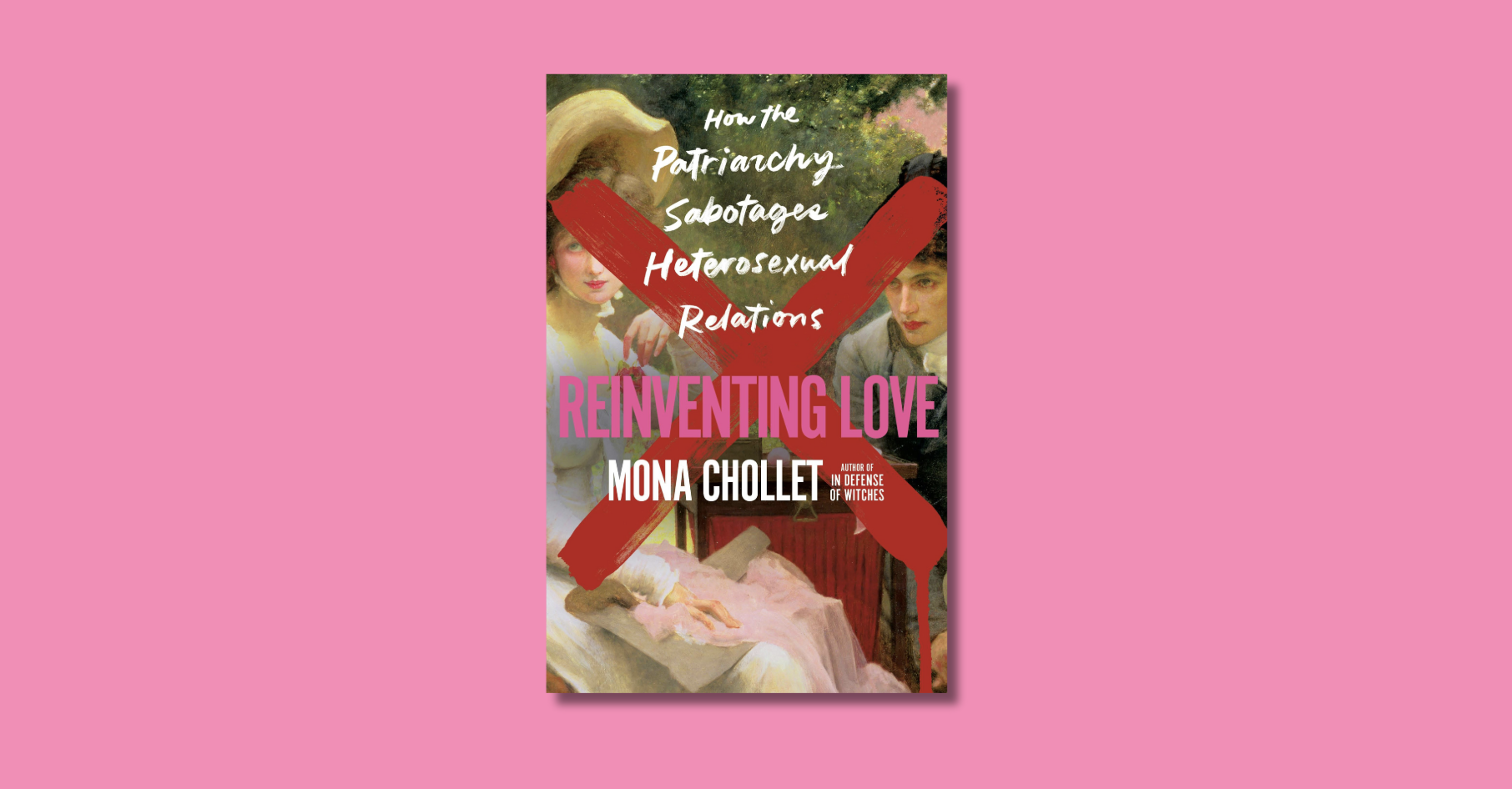I started the year by finishing Marcel Proust’s In Search of Lost Time, which left me, as Anne Carson memorably put it, in “the Desert of After Proust.” I would start other novels, but nothing held my attention. Instead, I read a lot of magazine articles, worked on my own fiction, and developed a mild jigsaw puzzle addiction.
The malaise finally lifted with a streak of memoirs and novels that I later realized were all about being in your 40s, or approaching them. I’m 39, so I guess I come by my interest in this subject honestly. As I read them, I felt a little like a middle school kid reading books set in high school, hoping for some insight into what was immediately ahead.
In no particular order, these Books of Midlife were: All Grown Up by Jami Attenberg; The Rules Do Not Apply by Ariel Levy; Hourglass by Dani Shapiro; Between Them by Richard Ford; Love and Trouble by Claire Dederer; Who Is Rich? by Matthew Klam; The Weekend Effect by Katrina Onstad; Vacationland by John Hodgman; The Bright Hour by Nina Riggs; and Still Here by Lara Vapnyar, which includes the memorable piece of dialogue about the perils of age 39:
“That’s a crazy age,” he continued with the hint of a smirk. “Kind of like puberty for adults. When you’re forty, you’re branded as what you really are, no wiggle room after that—you gotta accept the facts. People do a lot of crazy shit right before they turn forty.”
Some may quibble with my list, wondering how Richard Ford’s portrait of his parents or Nina Rigg’s memoir of dying of cancer count as Books of Midlife. Another odd choice is The Weekend Effect, which is borderline self-help about how to reclaim your leisure time. All I can say is that to me, three hallmarks of getting older are 1) coming to a new understanding of your parents; 2) feeling your own mortality; and 3) wanting to make the most of your free time.


 After a year of breaking news alerts, I also found myself drawn to nonfiction that helped me to put our political moment into a larger context: How to Slowly Kill Yourself and Others in America by Kiese Laymon; Ain’t I a Woman, by bell hooks; Future Sex by Emily Witt; And Your Daughters Shall Prophesy by Adrian Shirk; We Were Eight Years in Power by Ta-Nehisi Coates; and Somebody With a Little Hammer by Mary Gaitskill.
After a year of breaking news alerts, I also found myself drawn to nonfiction that helped me to put our political moment into a larger context: How to Slowly Kill Yourself and Others in America by Kiese Laymon; Ain’t I a Woman, by bell hooks; Future Sex by Emily Witt; And Your Daughters Shall Prophesy by Adrian Shirk; We Were Eight Years in Power by Ta-Nehisi Coates; and Somebody With a Little Hammer by Mary Gaitskill.
Most of these books are essay collections, and most of the writing contained within them was completed well before the 2016 election. It was fascinating to see the way that many of these writers anticipated our current political situation. Their blind spots were equally interesting.
 I feel bad for the new fiction I read this year, because I was always comparing it to Proust, and nothing could really stand up to that epic reading experience. However, there was one novel that swept me up with its passion, intelligence, and spiritual reach: Jamie Quatro’s Fire Sermon, which will be published in January 2018. I look forward to reading it again next year.
I feel bad for the new fiction I read this year, because I was always comparing it to Proust, and nothing could really stand up to that epic reading experience. However, there was one novel that swept me up with its passion, intelligence, and spiritual reach: Jamie Quatro’s Fire Sermon, which will be published in January 2018. I look forward to reading it again next year.
More from A Year in Reading 2017
Don’t miss: A Year in Reading 2016, 2015, 2014, 2013, 2012, 2011, 2010, 2009, 2008, 2007, 2006, 2005












